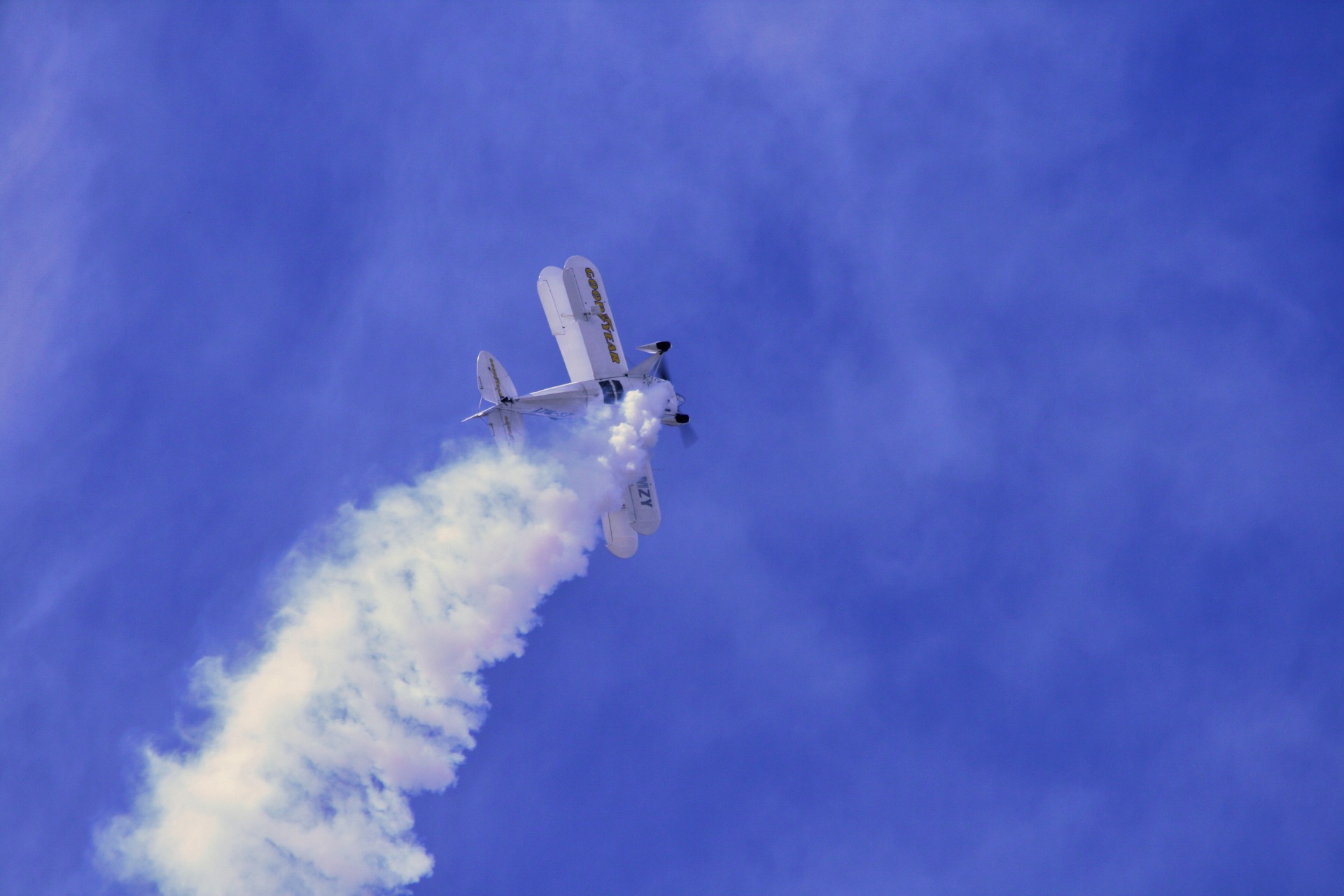Outrageous Tips About How To Recover From A Tail Stall

You'll be learning to stall and recover for three reasons:
How to recover from a tail stall. In a conventional wing stall, the airplane pitches down due to a loss of lift. We will need to take a quick look at how aircraft wings. In stall, wake of wing is produced.
In its extensive research project on tail stall issues in 1998, nasa recommended that if flaps are used, they should be deployed at an altitude permitting. To recognize the onset of a stall so you can prevent one from.
When a stall is recognized, pilots must take immediate action to recover control of the aircraft. The signs of an imminent stall include decreased control effectiveness and the presence of a stall warning indicator. The reason is that pilots have been taught how to recover from wing stalls (lower the nose, add power) but not from tail stalls, and the recovery from tail stalls is.
Aircraft flight manuals can differ, but here are nasa's general guidelines to recovery: The incipient spin is a term assigned to the transition phase during which a stall is propagating towards a developed spin. Recognizing icts most of us will never encounter an icts because we don’t fly in icing.
If you enter a stall immediately after extending flaps and your flight meets the common characteristics for tailplane stalls, you should have a high index of. To be able to generate lift, the. From the surface of the airfoil to the point where the viscosity of the air no longer affects the airflow is known as the boundary layer.
Watch an expert pilot stall and recover into a spin maneuver. Understanding the concepts of aoa, center of lift, center of pressure, and downwash is essential in preventing and recovering from a tailplane stall. Recovering from a tailplane stall requires pitching the nose up, not down.
The recovery from an incipient spin prior. The best way to understand how to recover from a stall is to understand what causes it in the first place. To recover stall, first thing pilot do is, reduce the pitch angle of the.
As a general rule, you'll never deliberately stall. When you realize you have. Airflow detaches from the wing surface and causes stall.


















